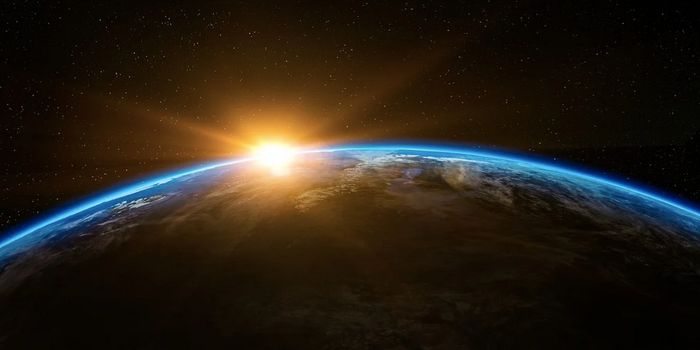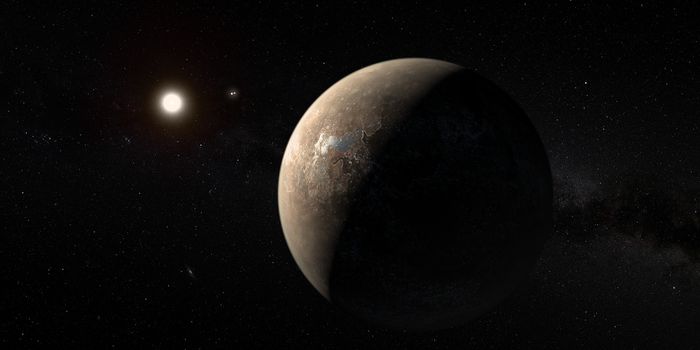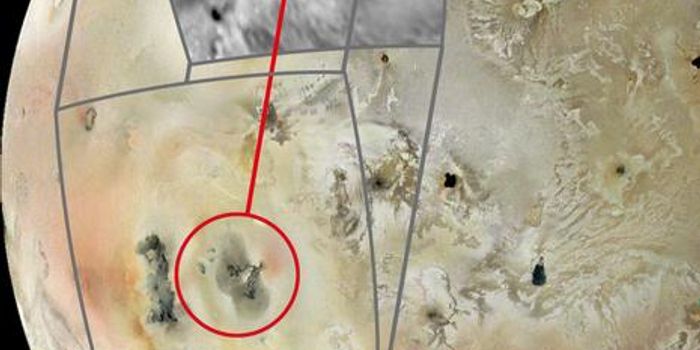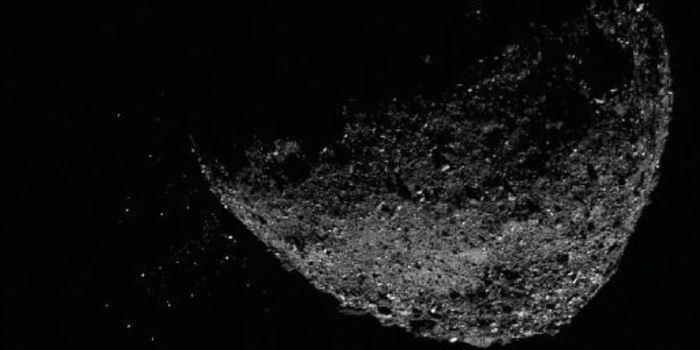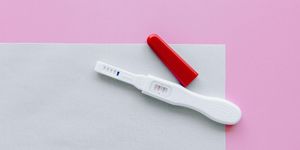Enhancing Boiling Processes for Lunar and Martian Exploration
How will liquids boil under reduced gravity, specifically on the Moon and Mars? This is what a recent project hopes to address as a team of researchers led by the Southwest Research Institute (SwRI) and working with Texas A&M University investigated the behavior of boiling liquids under reduced gravity using parabolic flights that are designed to simulate reduced gravity conditions. This project holds the potential to help researchers and future astronauts better understand how to manage boiling liquids during long-term space missions to the Moon and Mars where the gravity is one-sixth and one-third of the Earth's, respectively.
From left to right: SwRI Research Engineer, Emilio Gordon, Texas A&M University Professor of Aerospace Engineering, Dr. Bonnie Dunbar, and SwRI Research Engineer, Dr. Eugene Hoffman, examine the experimental payload right before its parabolic flight on April 24th, 2024. (Credit: Southwest Research Institute)
“We have so little data about how boiling works in reduced gravity,” said Kevin Supak, who is a program manager at SwRI and the project lead. “Our experiment studies boiling in conditions that simulate lunar and Martian gravity levels using four different surfaces to examine how bubbles initiate and detach.”
Parabolic flights are conducted in large aircraft and successfully simulate gravity by climbing and then rapidly falling, causing passengers to float around as if they’re in microgravity. This also enables a myriad of scientific experiments to be conducted under microgravity conditions, as well. In this case, examining the behavior of boiling water.
For the experiments, which were conducted during two parabolic flights last month, the researchers used four different types of surfaces that were immersed in a particular fluid designed to boil at 135 degrees Fahrenheit (57 degrees Celsius), with the normal boiling point of liquid water being 212 degrees Fahrenheit (100 degrees Celsius). The goal of the experiments was to ascertain which surface type exhibits the best boiling behaviors in reduced gravity, which could prove beneficial for future human missions to the Moon and Mars.
SwRI Research Engineer, Dr. Eugene Hoffman, seen enjoying the simulated gravity during the fluids engineering experiment aboard a parabolic flight. (Credit: Southwest Research Institute)
“If we’re going to establish a sustained presence in space or on other worlds, boiling is a necessity,” said Supak. “On Earth, we rely on gravity to help separate liquids and gases through buoyancy. On the lunar or Martian surface, the lower buoyancy force will result in different boiling behavior. We need to know how hot to make surfaces to ensure efficient and safe heat transfer. This flight test will produce data that are directly applicable to improving our understanding of these processes.”
This project comes as NASA plans to land the first women and person of color on the lunar surface before the end of the decade as part its ambitious Artemis program, which is an international effort aimed at expanding human presence beyond Earth and into the cosmos.
What new discoveries will researchers make about boiling water under reduced gravity conditions in the coming years and decades, and how will this research influence future human missions to the Moon and Mars? Only time will tell, and this is why we science!
As always, keep doing science & keep looking up!
Sources: EurekAlert!, Southwest Research Institute, U.S. Department of Agriculture, NASA



